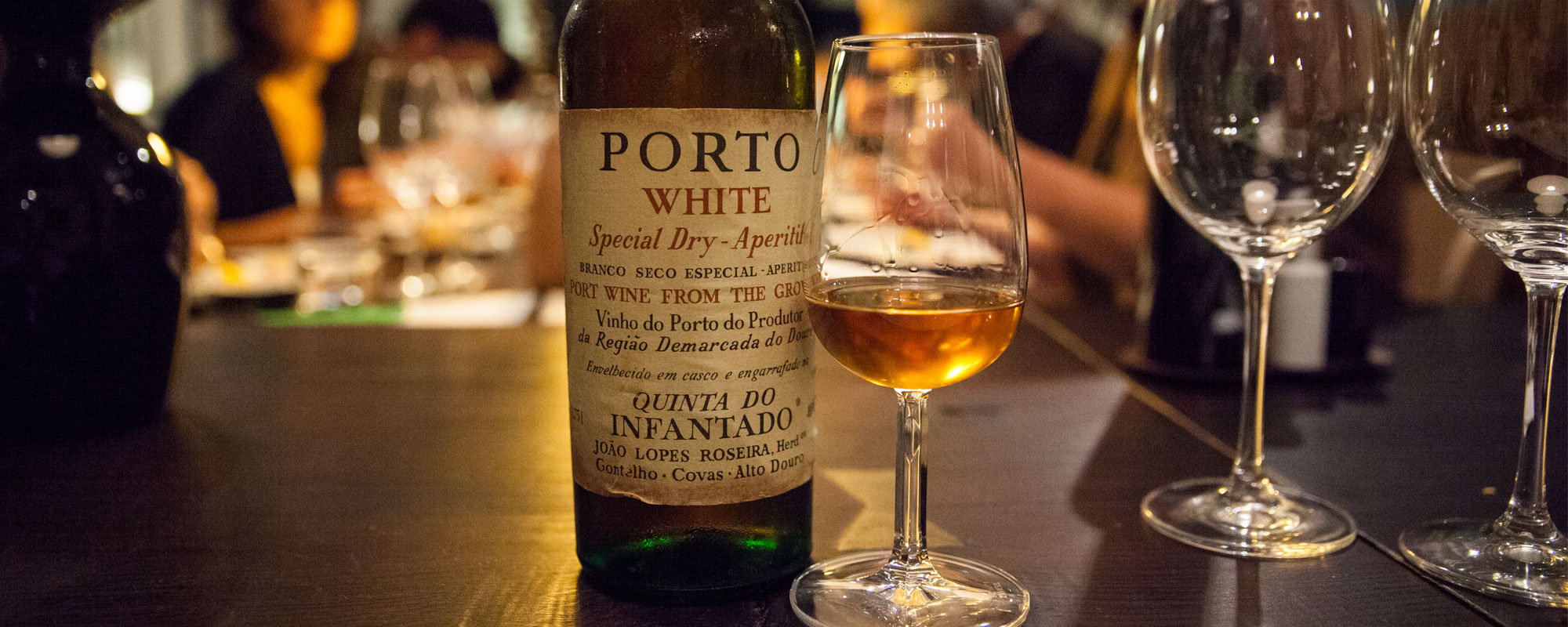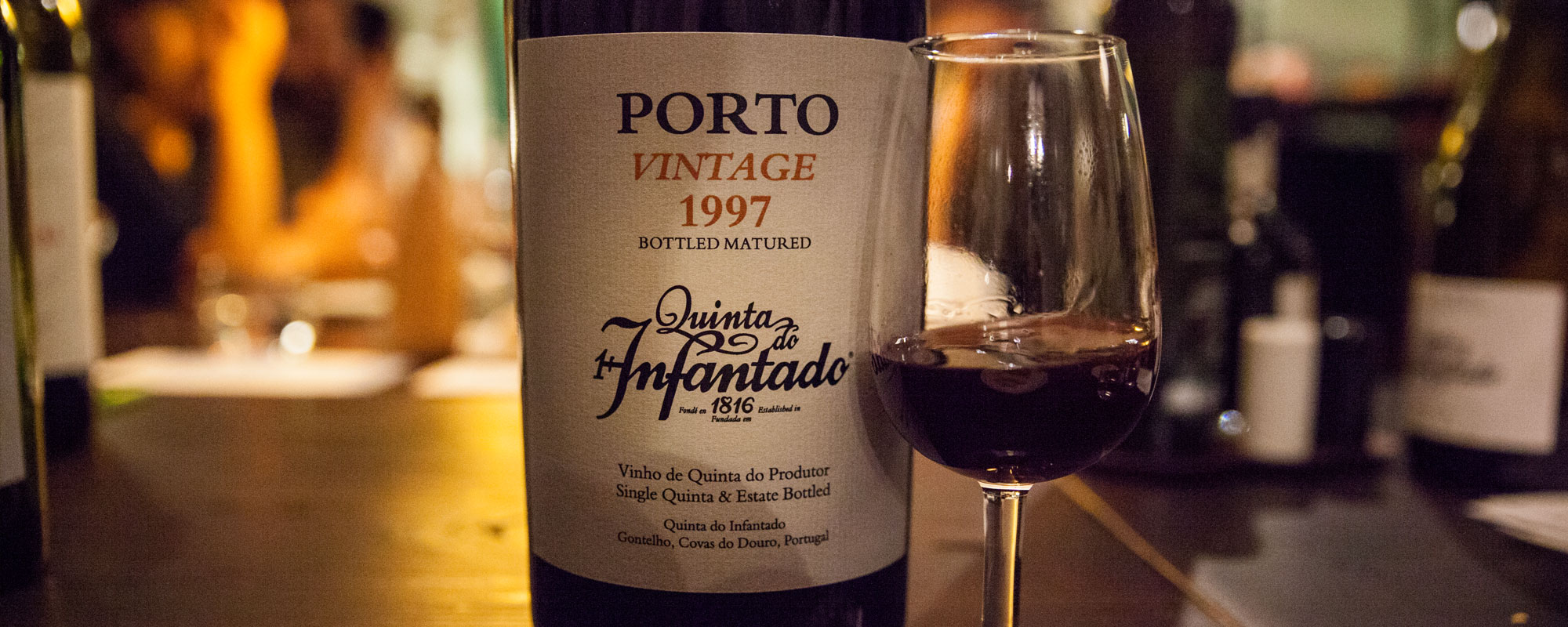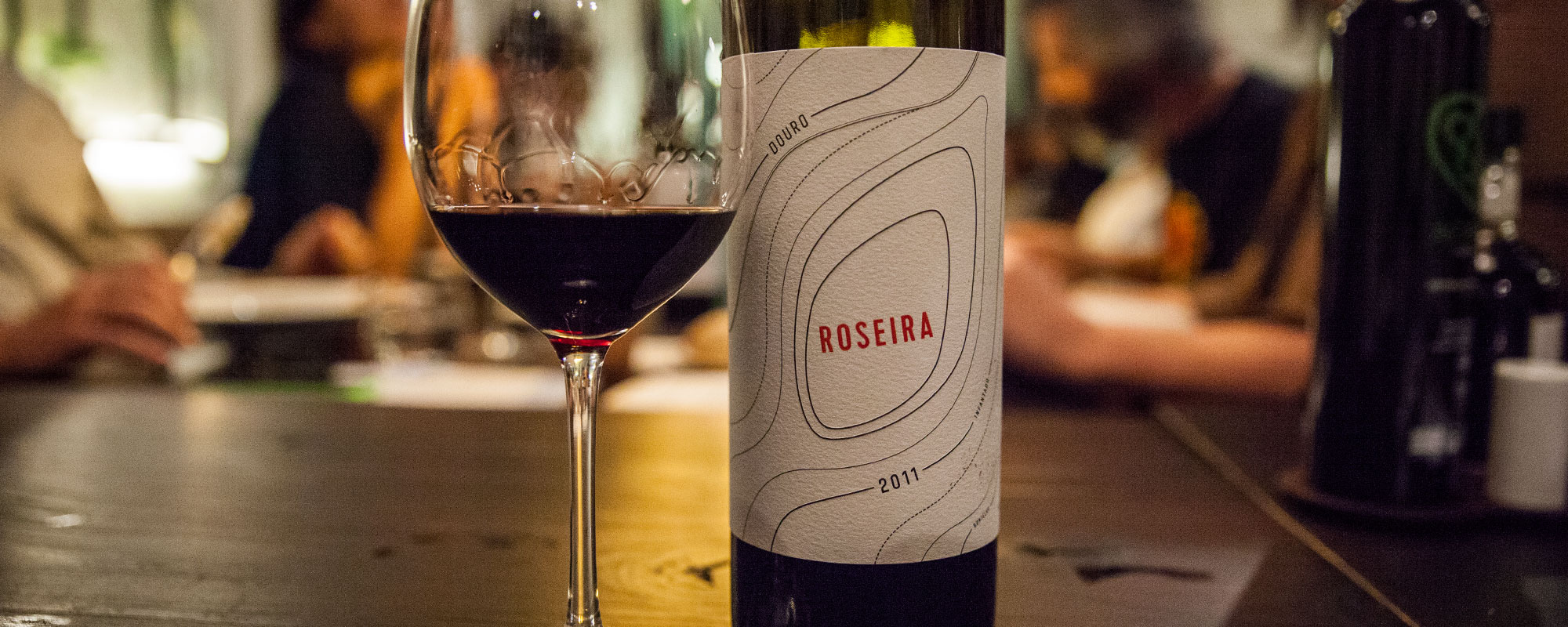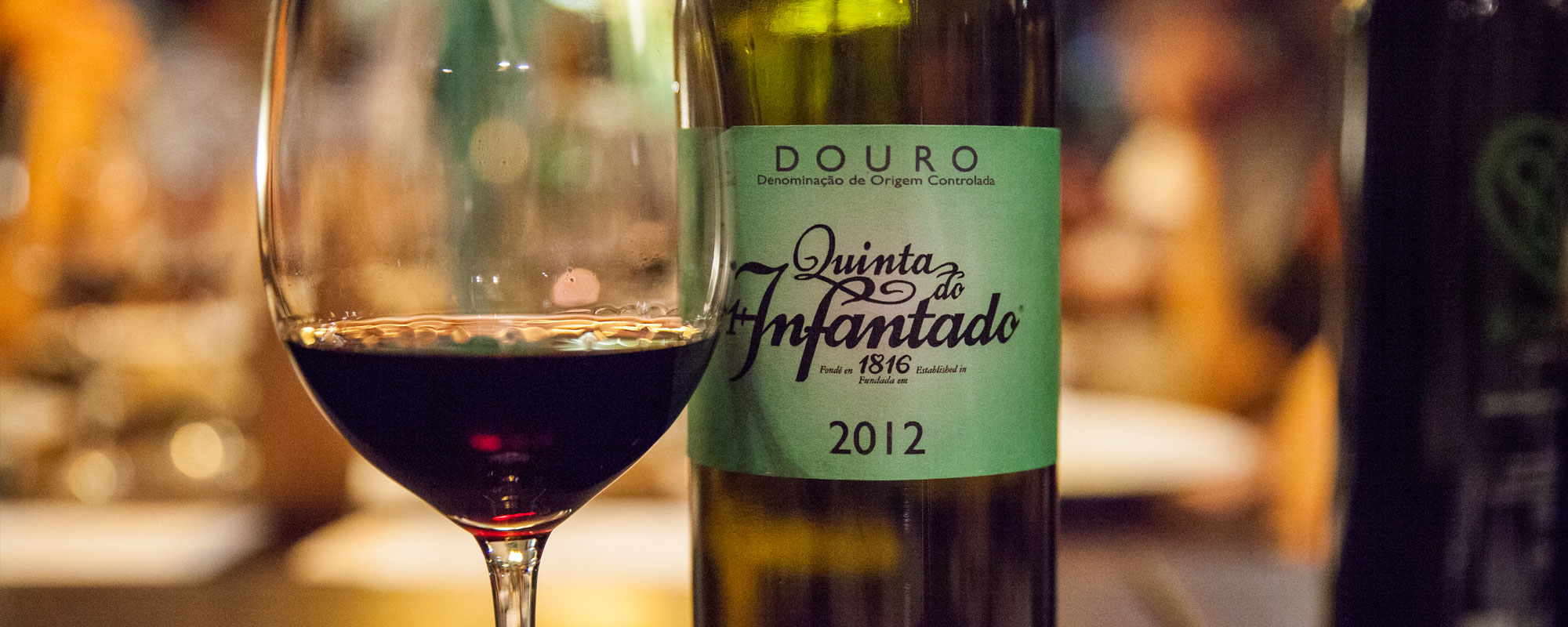WINES & OLIVE OIL
Wine's Timeline
Wine's Timeline
Wine's Timeline
AGEING
How and what to age
As is well known, some wines deserve not to be open immediately. Aging time after bottling brings new qualities and charms to these wines.
Everything will be even better if some basic notions are respected. Light, temperature, humidity, vibrations and the position of the bottle are the key elements that time plays for the maturation of wines in the bottle.
For the light it is very simple, the less the better! And it’s so easy, just keep the wine in a closed cardboard box.
The temperature should be low, ideally 12ºC to 14ºC, and as constant as possible. Of course, a basement is ideal … In the absence of it, choose an interior room or with exposure to the North. If possible, air conditioning a room or buy a wine cellar. Seems too much? There are wines, for example our Vintage Ports, Reserve reds, …, which are really worth aging in the bottle.
Humidity is closely related to the good performance of cork stoppers. When it is too low the corks “dry” and lose their ideal properties, allowing an excessive amount of oxygen to pass through their pores. Consequence? Yes, unfortunately the oxidation of the wine. Values between 65% and 75% are advisable. There are easy ways to increase humidity, for example, open containers that facilitate water evaporation.
Wines do not like vibrations or vibrations. One of the phenomena that occurs during the aging in the bottle is the aggregation of molecules, forming larger and heavier molecular complexes that end up precipitating (the deposit that so many old wines present). Now, in this case, trepidation and vibration are the enemy.
As for Master Time, don’t forget that not all wines are meant to age for years and years. When in doubt, the safest thing to do is to seek advice or open a bottle to check how the wine is for you. Personal taste is undoubtedly the main criterion as there are those who value the most evolved aromas and flavors and those who prefer the strongest and primary fruit.
A final note for the size of the bottle. A half-bottle (375ml) is ready to drink sooner than a bottle. A bottle, in turn, earlier than a magnum (liter and a half). And so on. In general, for the same wine, the larger the shape of the bottle, the longer we can “wait for it”.
AGEING
How and what to age
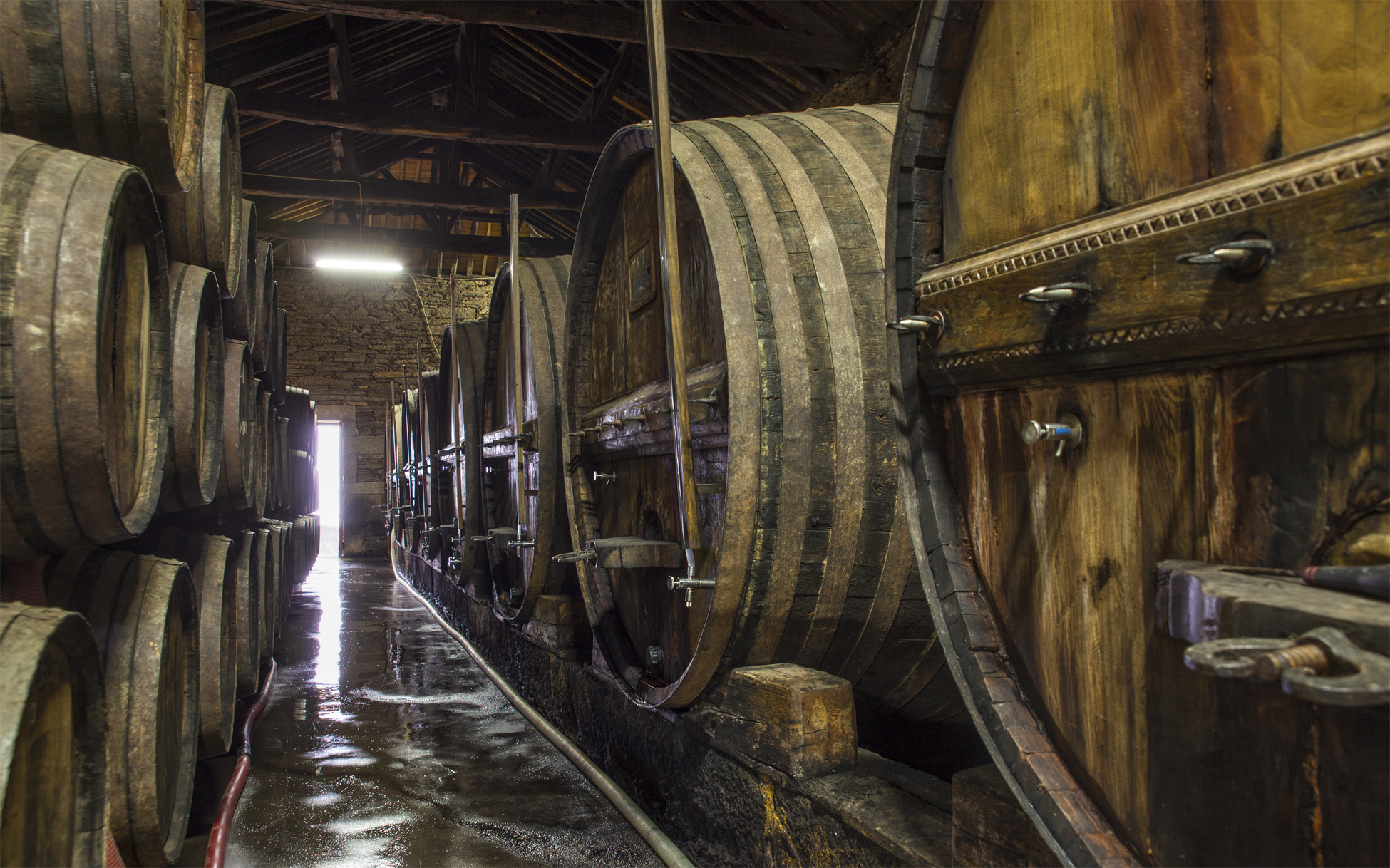
As is well known, some wines deserve not to be open immediately. Aging time after bottling brings new qualities and charms to these wines.
Everything will be even better if some basic notions are respected. Light, temperature, humidity, vibrations and the position of the bottle are the key elements that time plays for the maturation of wines in the bottle.
For the light it is very simple, the less the better! And it’s so easy, just keep the wine in a closed cardboard box.
The temperature should be low, ideally 12ºC to 14ºC, and as constant as possible. Of course, a basement is ideal … In the absence of it, choose an interior room or with exposure to the North. If possible, air conditioning a room or buy a wine cellar. Seems too much? There are wines, for example our Vintage Ports, Reserve reds, …, which are really worth aging in the bottle.
Humidity is closely related to the good performance of cork stoppers. When it is too low the corks “dry” and lose their ideal properties, allowing an excessive amount of oxygen to pass through their pores. Consequence? Yes, unfortunately the oxidation of the wine. Values between 65% and 75% are advisable. There are easy ways to increase humidity, for example, open containers that facilitate water evaporation.
Wines do not like vibrations or vibrations. One of the phenomena that occurs during the aging in the bottle is the aggregation of molecules, forming larger and heavier molecular complexes that end up precipitating (the deposit that so many old wines present). Now, in this case, trepidation and vibration are the enemy.
As for Master Time, don’t forget that not all wines are meant to age for years and years. When in doubt, the safest thing to do is to seek advice or open a bottle to check how the wine is for you. Personal taste is undoubtedly the main criterion as there are those who value the most evolved aromas and flavors and those who prefer the strongest and primary fruit.
A final note for the size of the bottle. A half-bottle (375ml) is ready to drink sooner than a bottle. A bottle, in turn, earlier than a magnum (liter and a half). And so on. In general, for the same wine, the larger the shape of the bottle, the longer we can “wait for it”.

AGEING
How and what to age
As is well known, some wines deserve not to be open immediately. Aging time after bottling brings new qualities and charms to these wines.
Everything will be even better if some basic notions are respected. Light, temperature, humidity, vibrations and the position of the bottle are the key elements that time plays for the maturation of wines in the bottle.
For the light it is very simple, the less the better! And it’s so easy, just keep the wine in a closed cardboard box.
The temperature should be low, ideally 12ºC to 14ºC, and as constant as possible. Of course, a basement is ideal … In the absence of it, choose an interior room or with exposure to the North. If possible, air conditioning a room or buy a wine cellar. Seems too much? There are wines, for example our Vintage Ports, Reserve reds, …, which are really worth aging in the bottle.
Humidity is closely related to the good performance of cork stoppers. When it is too low the corks “dry” and lose their ideal properties, allowing an excessive amount of oxygen to pass through their pores. Consequence? Yes, unfortunately the oxidation of the wine. Values between 65% and 75% are advisable. There are easy ways to increase humidity, for example, open containers that facilitate water evaporation.
Wines do not like vibrations or vibrations. One of the phenomena that occurs during the aging in the bottle is the aggregation of molecules, forming larger and heavier molecular complexes that end up precipitating (the deposit that so many old wines present). Now, in this case, trepidation and vibration are the enemy.
As for Master Time, don’t forget that not all wines are meant to age for years and years. When in doubt, the safest thing to do is to seek advice or open a bottle to check how the wine is for you. Personal taste is undoubtedly the main criterion as there are those who value the most evolved aromas and flavors and those who prefer the strongest and primary fruit.
A final note for the size of the bottle. A half-bottle (375ml) is ready to drink sooner than a bottle. A bottle, in turn, earlier than a magnum (liter and a half). And so on. In general, for the same wine, the larger the shape of the bottle, the longer we can “wait for it”.

